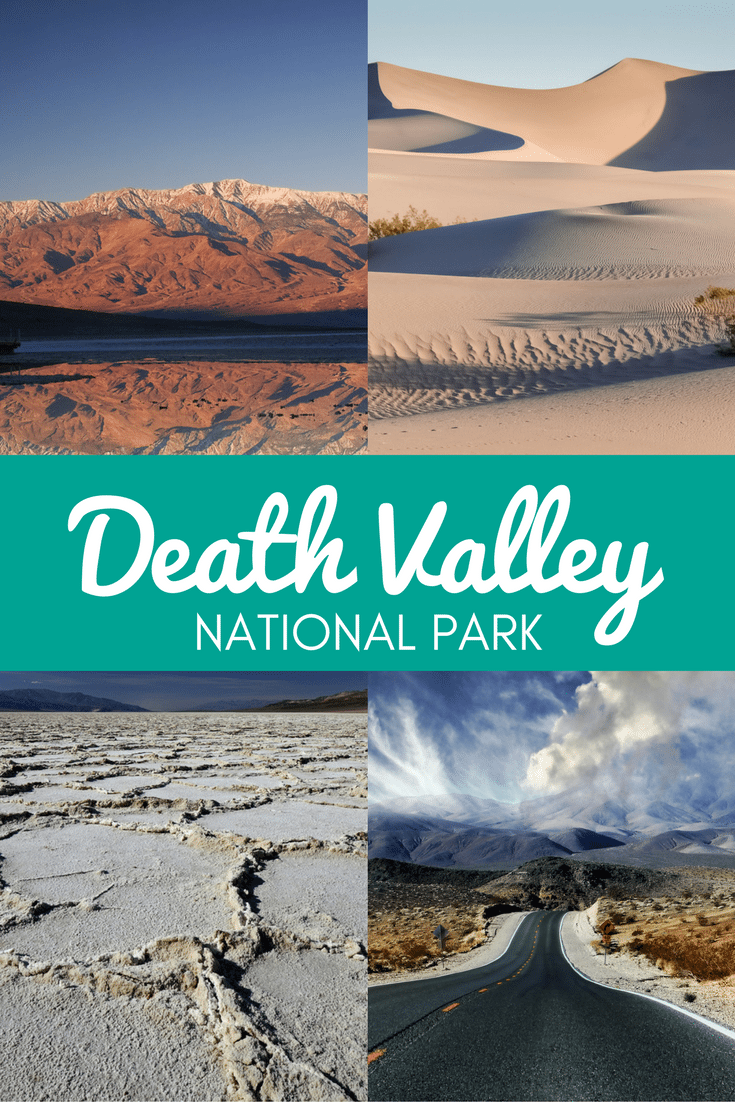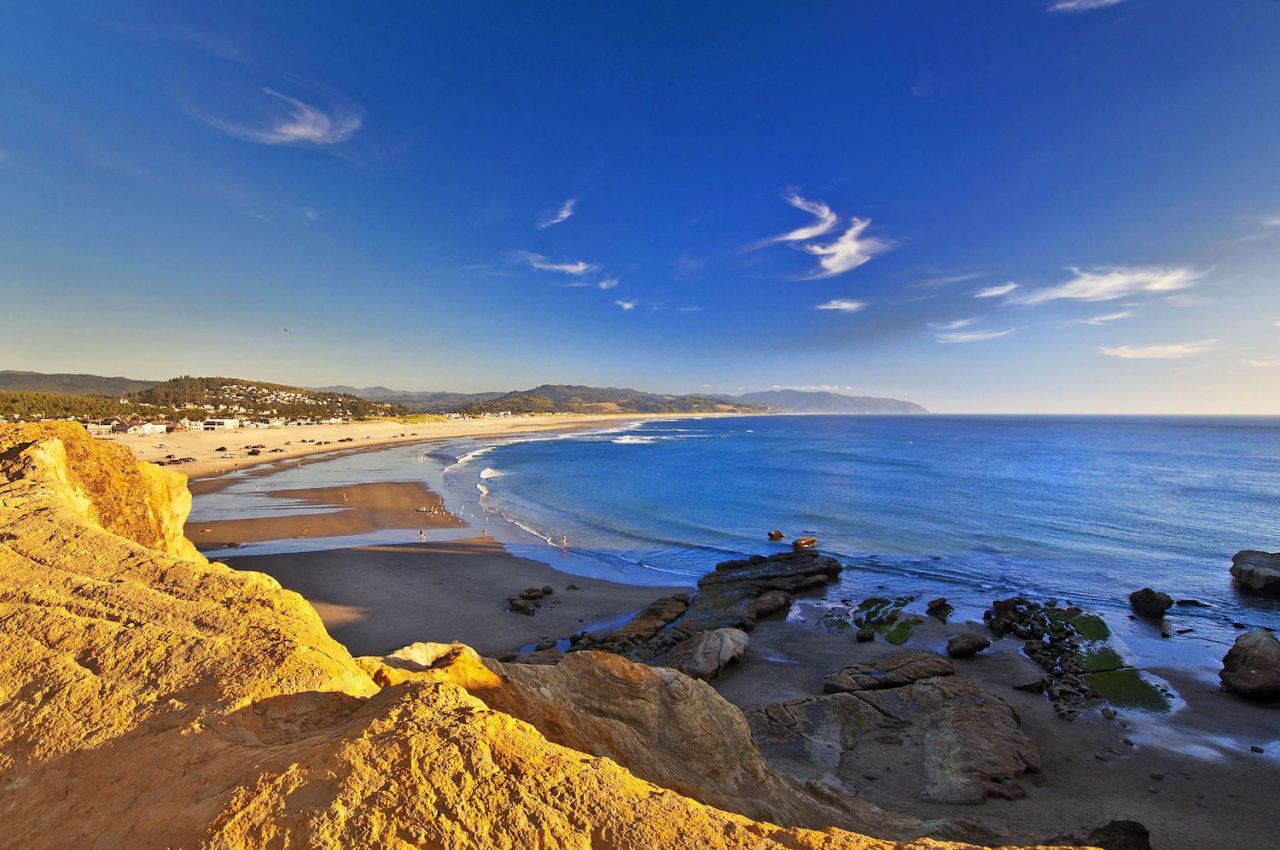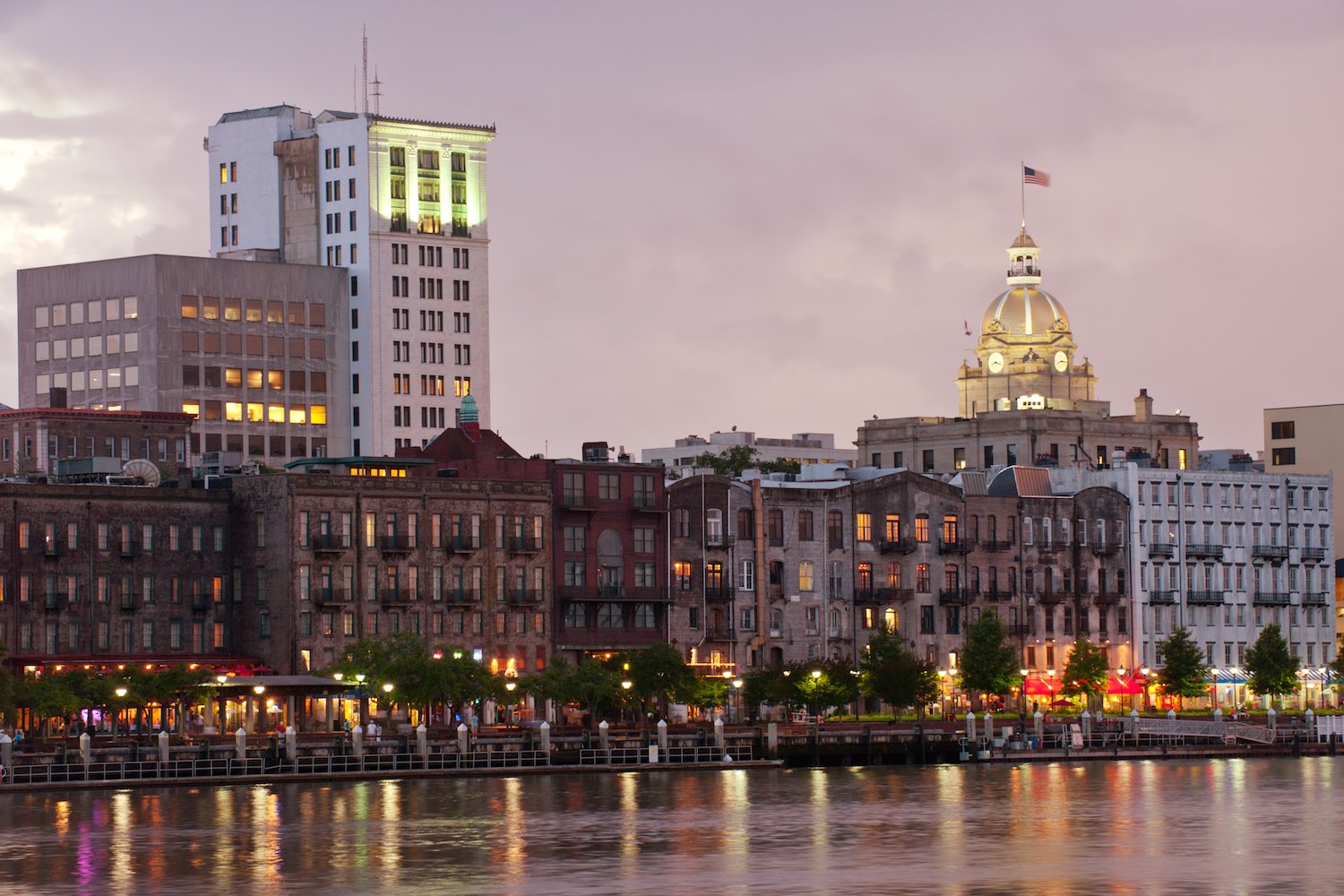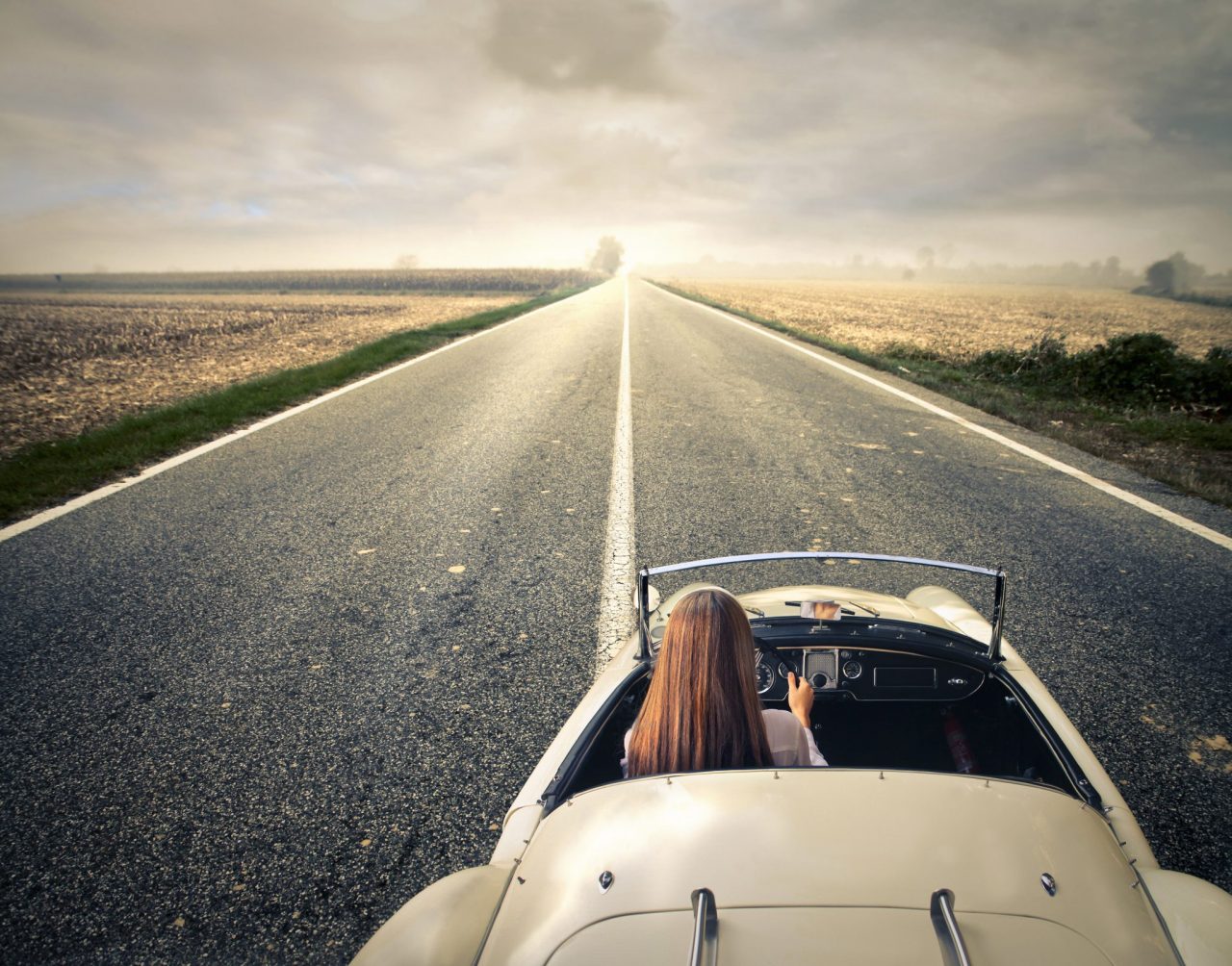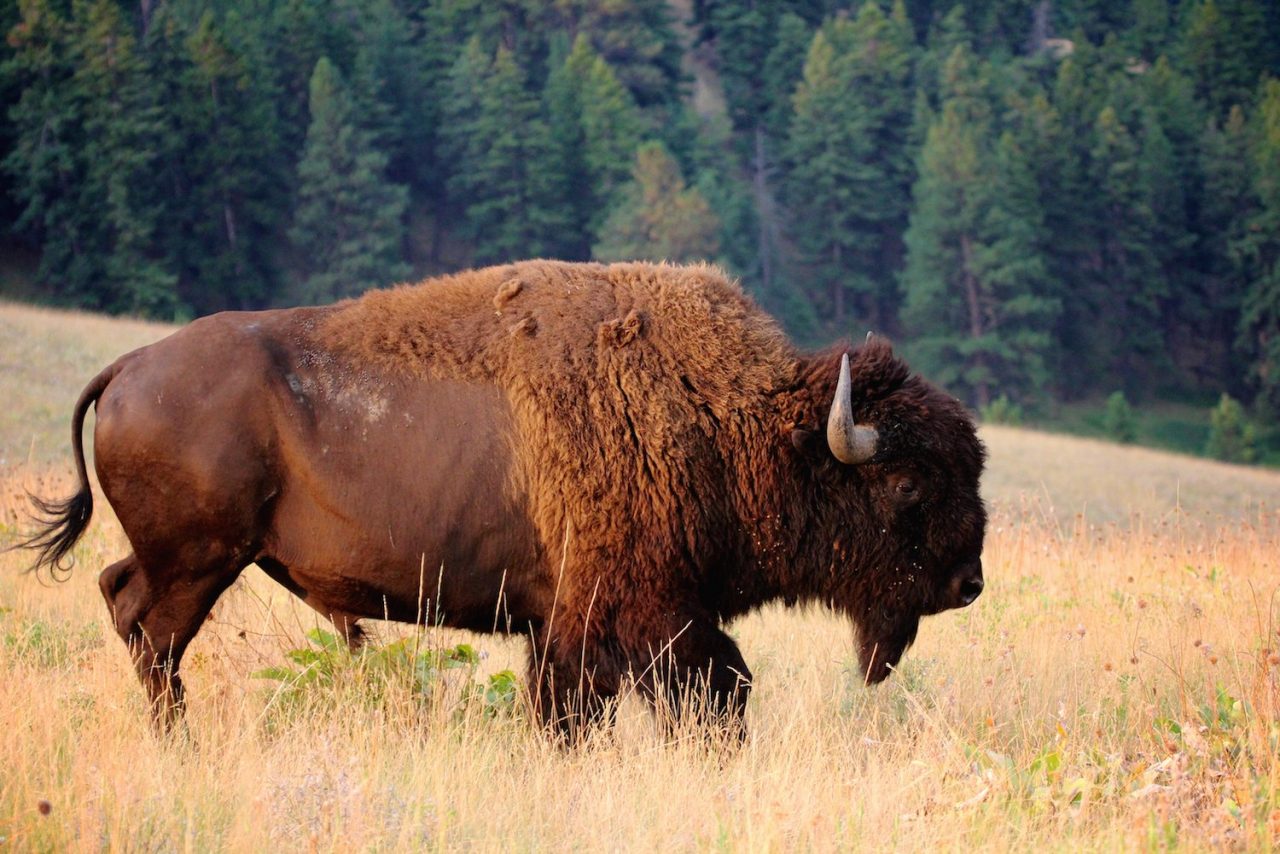Although Death Valley is known widely as one of the hottest and driest paces in the USA, the park is much more than many travelers expect. Soaring rock formations and mountains offsets the low, arid basin of Death Valley. And you may be surprised how much life can be found in this extreme environment. Seasonal rain showers reveal stunning flowers, and fascinating wildlife call this national park home.
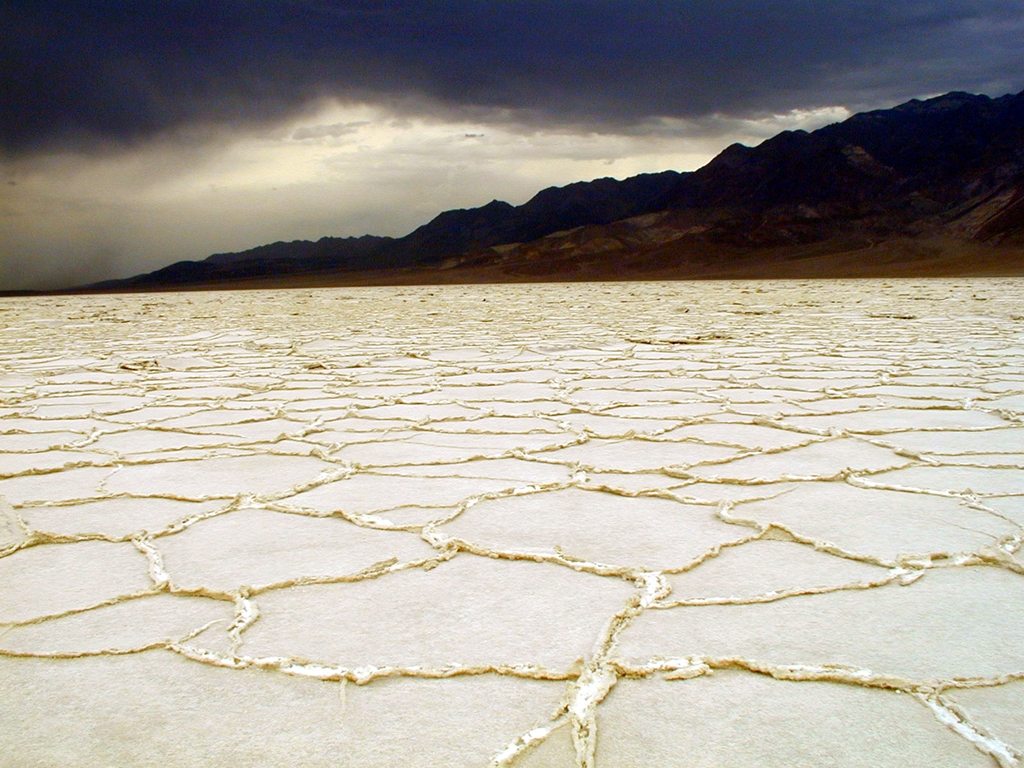
Via NPS Photo
Situated on the border of California and Nevada, travelers can find the Death Valley National Park’s Furnace Creek Visitor Center off of California’s Highway 190. If you’re driving from Las Vegas, you can reach the park in just over 2 hours, while travelers from Los Angeles will drive 4.5 hours to reach Death Valley.
Death Valley is the largest national park in the contiguous U.S., so it’s no surprise that there are tons of things to do in this glorious park.
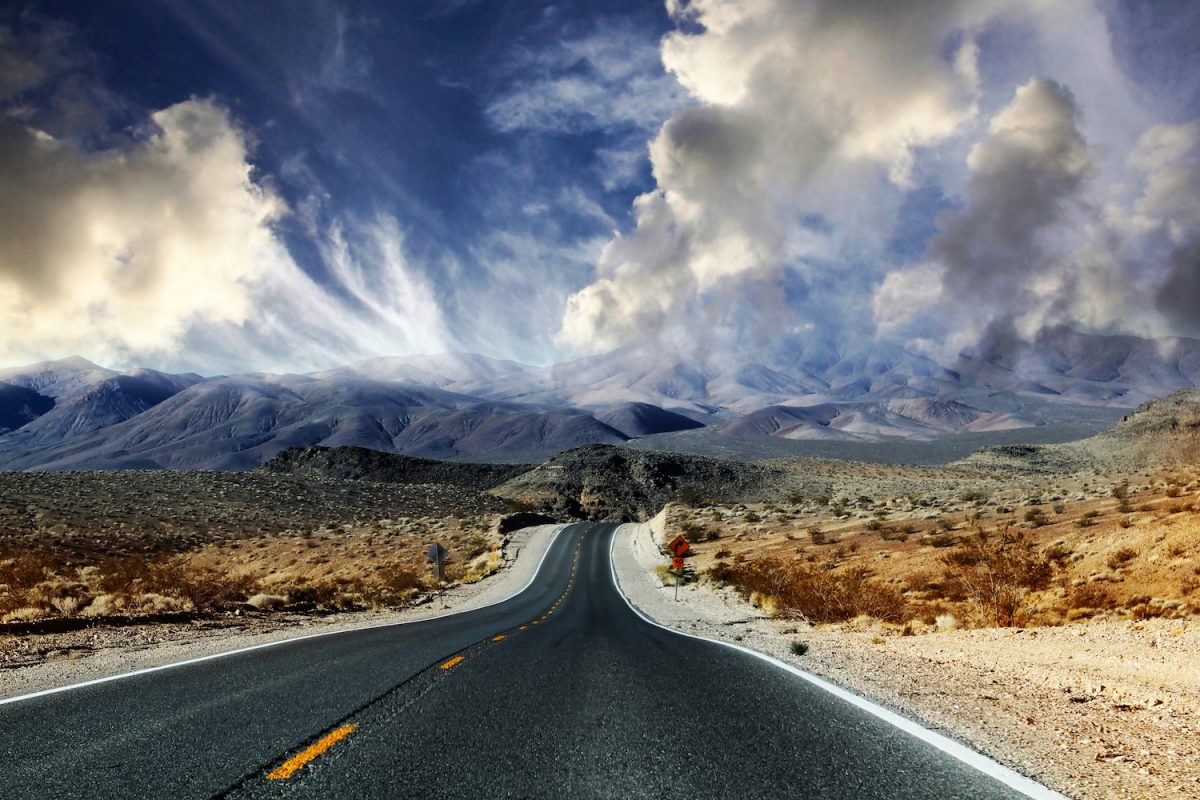
Hiking Death Valley
Hiking is probably the most common activity at Death Valley National Park. With more than a dozen hikes at varying skill levels, it’s easy to find a hike that meets your experience and time constraints.
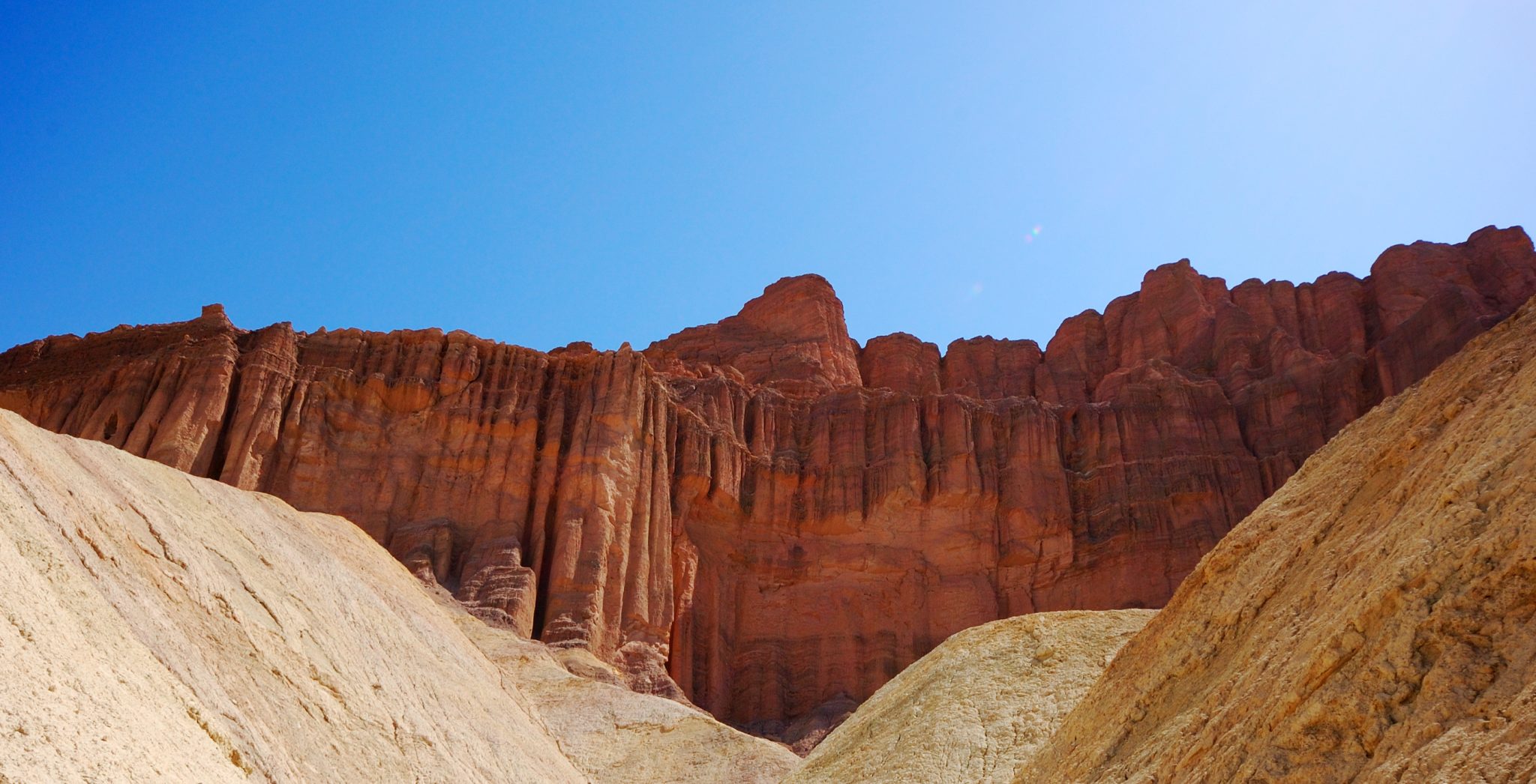
For easy hikes with good views and photo opportunities, we recommend taking the Golden Canyon Interpretive Trail to see the impressive Red Cathedral, the Natural Bride Canyon Hike which travels under a natural bridge, and a hike to the iconic Badwater Salt Flats for which Death Valley is known.
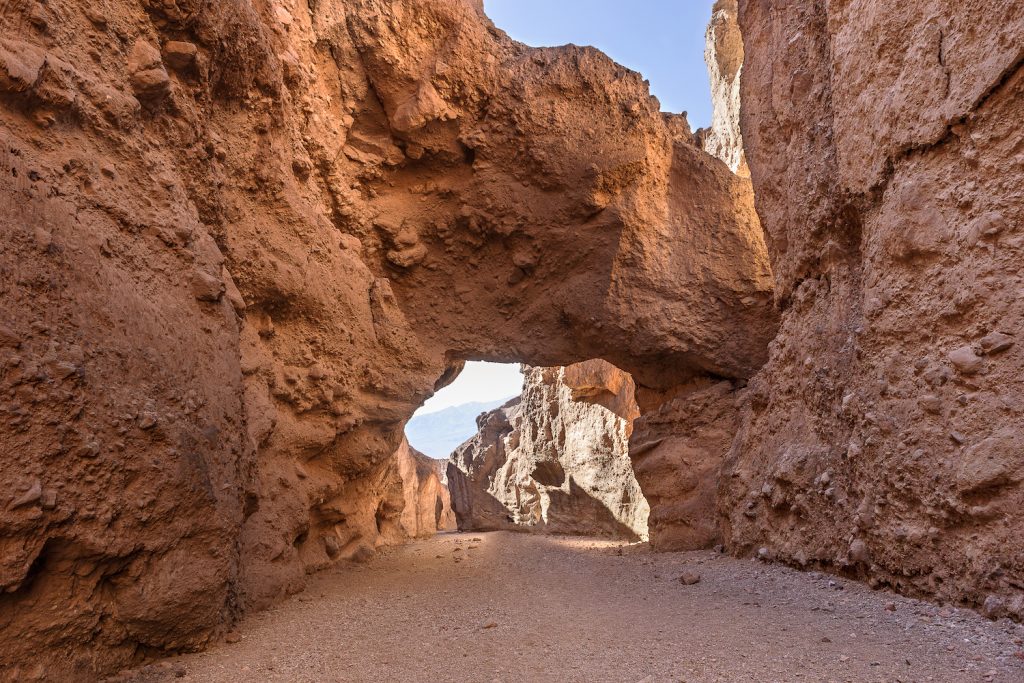
More experienced hikers will love the somewhat strenuous hikes through Fall Canyon and Little Bridge Canyon, each offering stunning views. Fall Canyon is known for its impressive Narrows section, and Little Bridge Canyon boasts a small arch and, of course, a little natural bridge. The 7-mile one-way Telescope Peak Trail is ideal for adventurous hikers in the summer, due to its high elevation and therefore cooler temperatures.
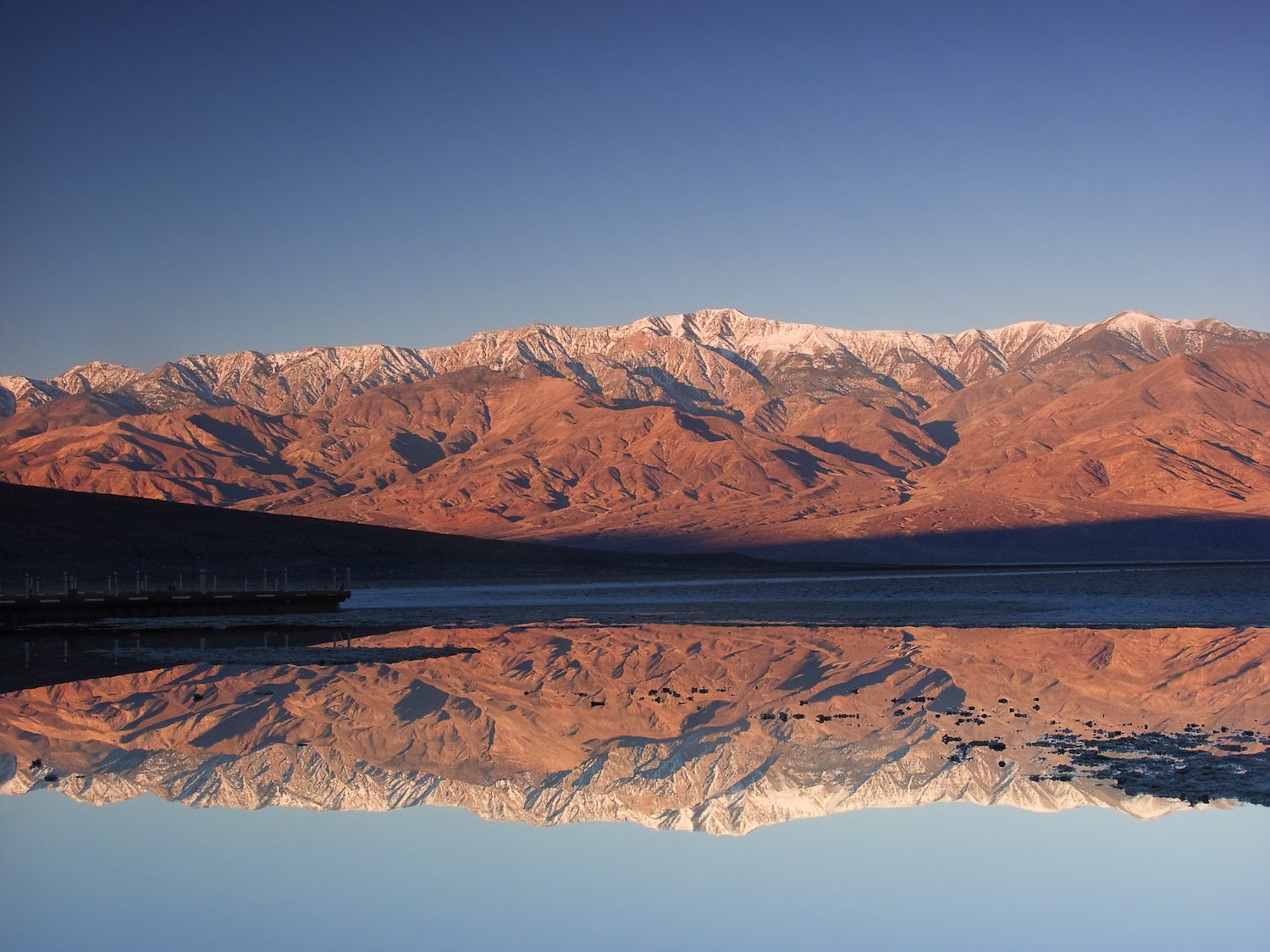
Telescope Peak
Drive Death Valley Scenic Byway
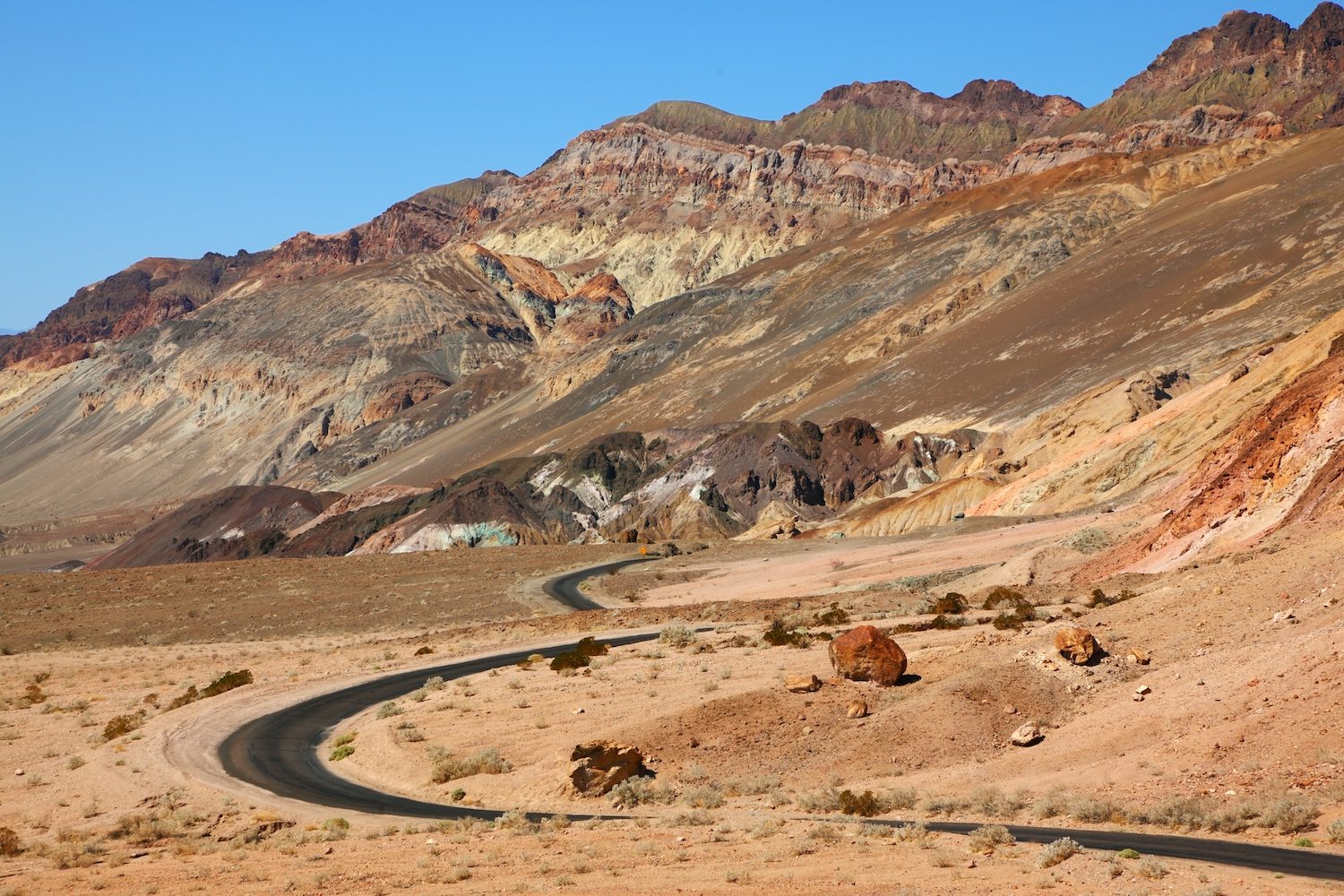
We highly recommend driving Highway 190 through Death Valley National Park, since it forms the Death Valley National Scenic Byway. Take along a map of the byway so you don’t miss out on viewpoints and trailheads. The scenic byway is ideal for visitors who aren’t interested in hiking, but still want to see the diverse landscape of the park. Remember to drive slowly and cautiously throughout the park, as rollovers are common.
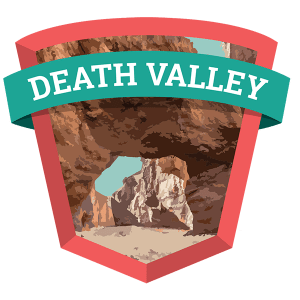
Notable Attractions
A unique mansion called Death Valley Ranch, or Scotty’s Castle, was built in the northern section of the park in the 1920s. Park rangers offer tours of this fantastic home, which is practically self-sufficient in the desert.
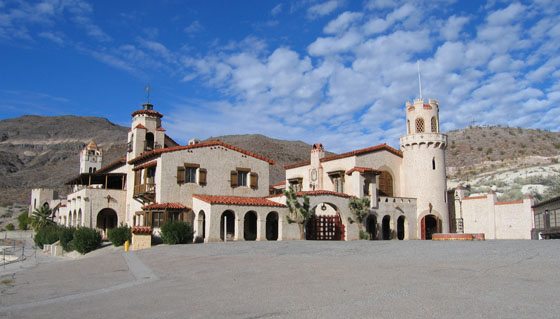
Via Wikimedia Commons
If you’re heading toward Beatty, NV, you’ll want to stop in the ghost town, Rhyolite, which is about 35 miles from the Furnace Creek Visitor Center. The deserted mining town is fascinating to explore and makes for some awesome Instagram photos.
Tips for Visiting Death Valley
- Bring water (at least 2 liters per person), and drink it throughout the day.
- Visit between October and April for the most agreeable weather.
- Drive carefully! Single-car rollovers are the most common cause of death in Death Valley.
- Arrive with a full tank of gasoline, because stations are few and far between.
- Pack a cooler with snacks or a picnic meal in addition to your water supply.
Death Valley National Park is on our list of the favorite attractions on the west coast!


